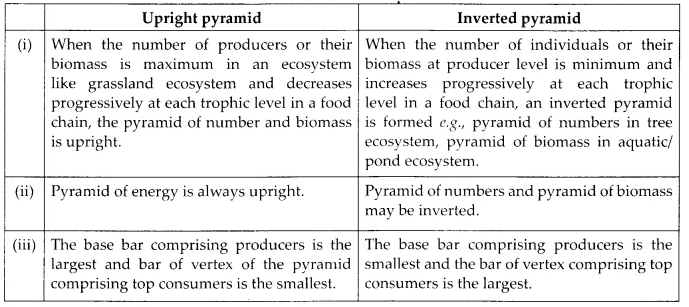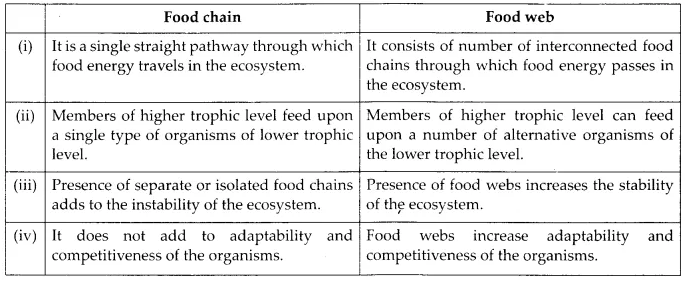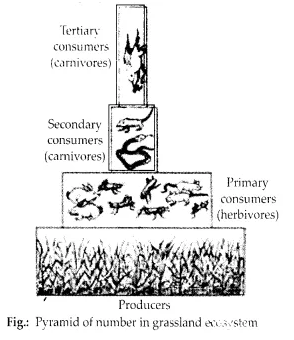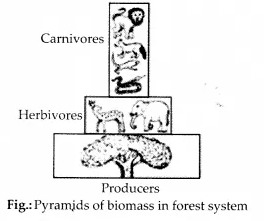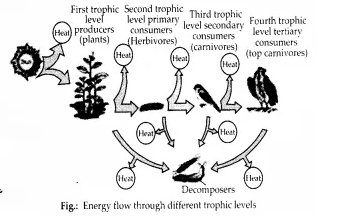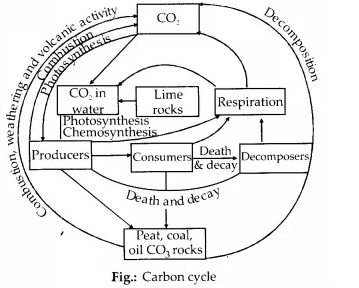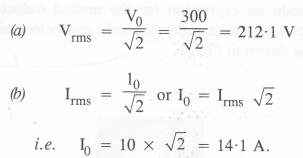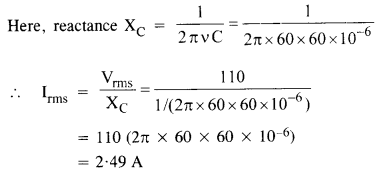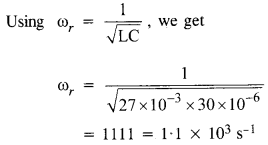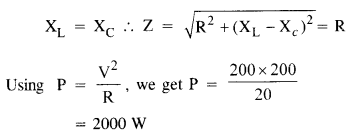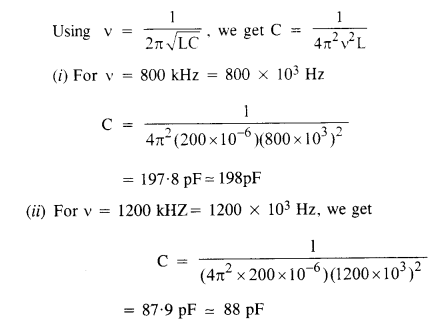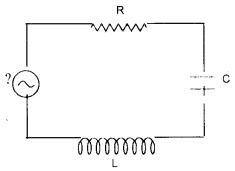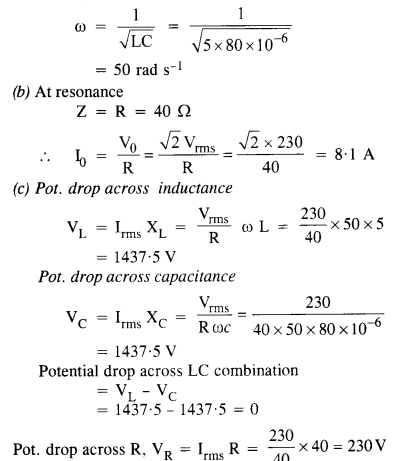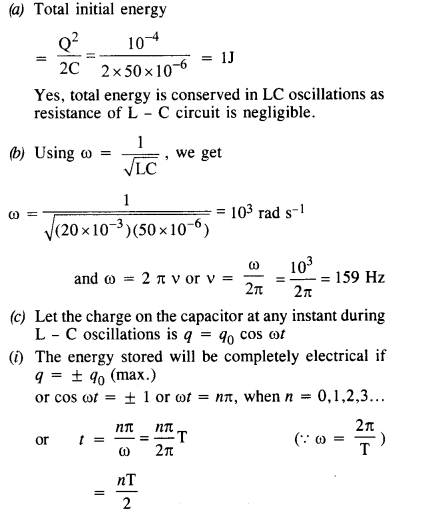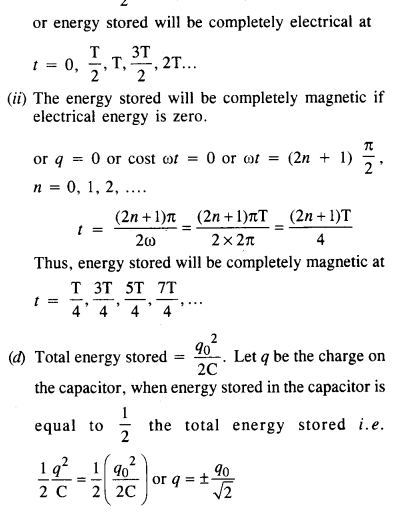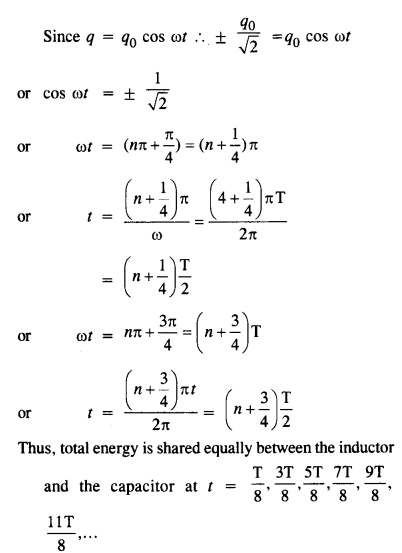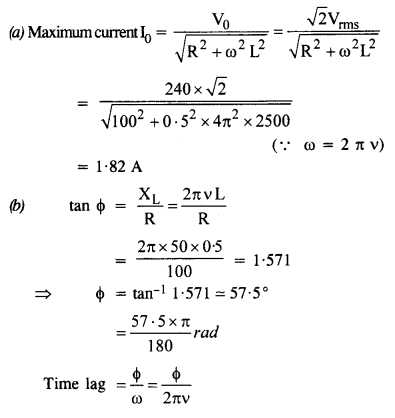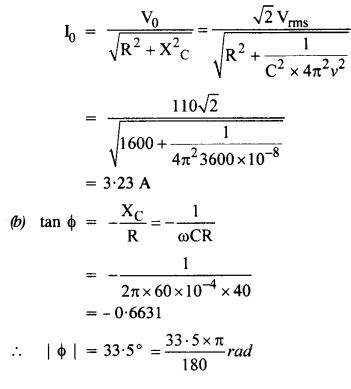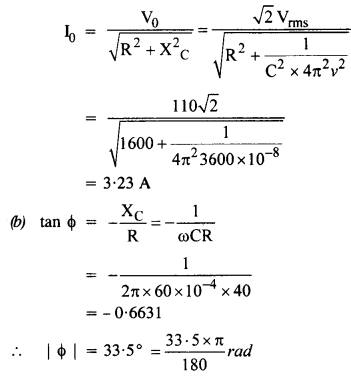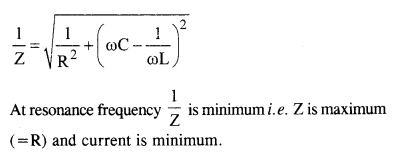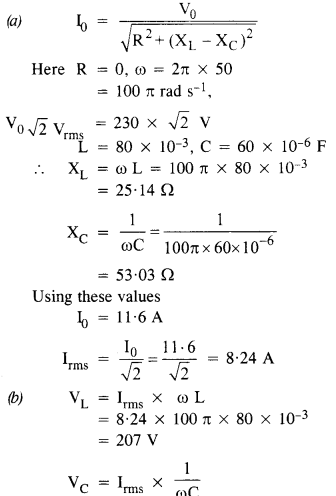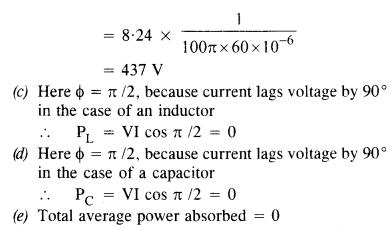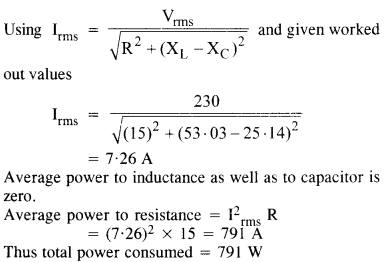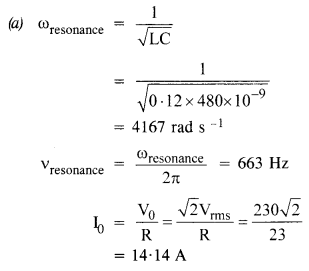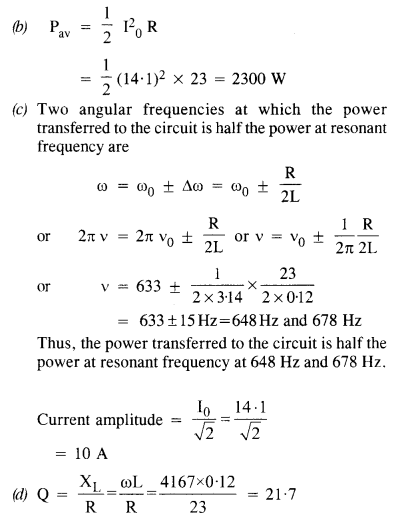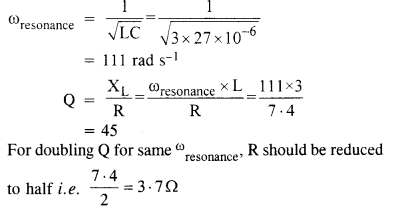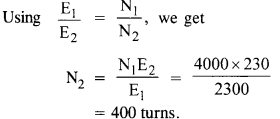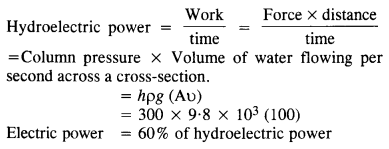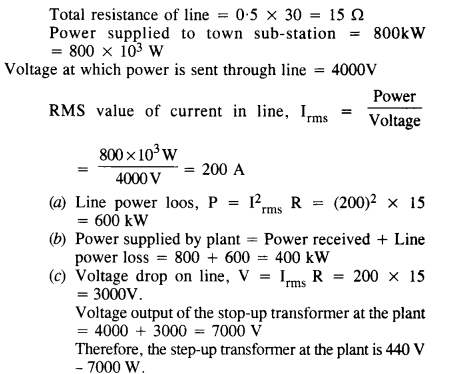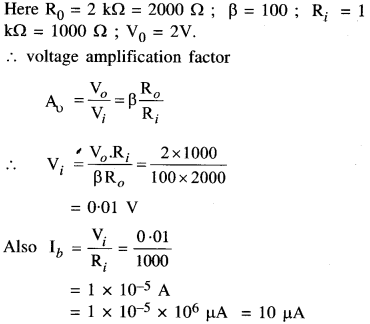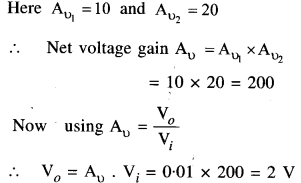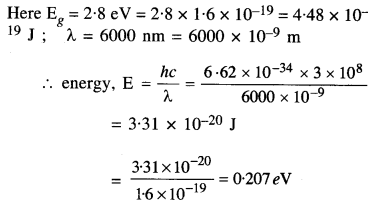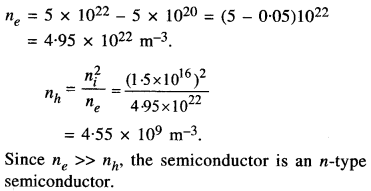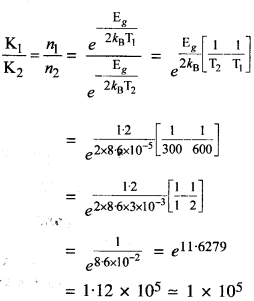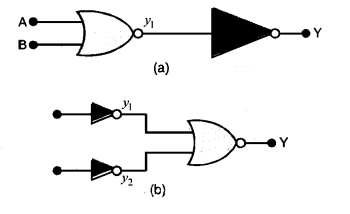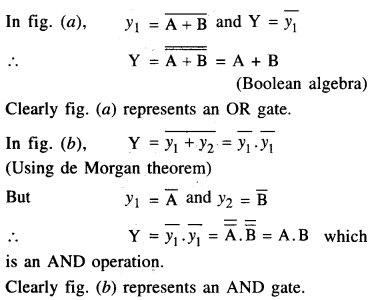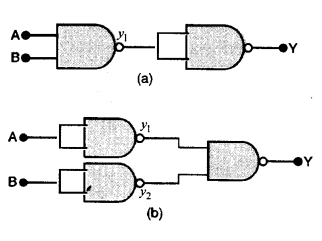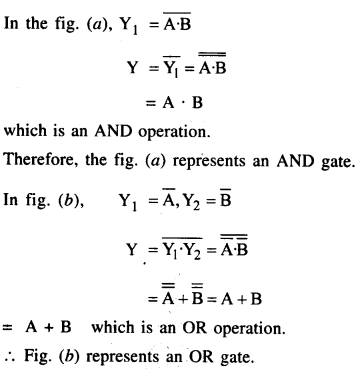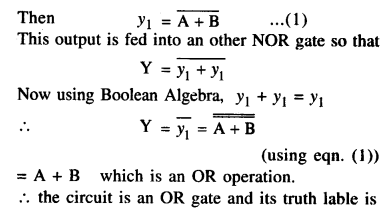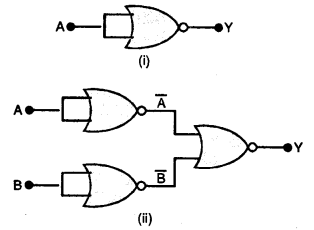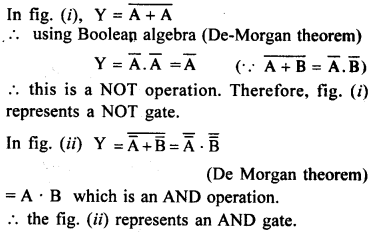NCERT Solutions for Class 12 History Chapter 9 Kings and Chronicles The Mughal Courts are part of NCERT Solutions for Class 12 History. Here we have given NCERT Solutions for Class 12 History Chapter 9 Kings and Chronicles The Mughal Courts.
| Board | CBSE |
| Textbook | NCERT |
| Class | Class 12 |
| Subject | History |
| Chapter | Chapter 9 |
| Chapter Name | Kings and Chronicles The Mughal Courts |
| Number of Questions Solved | 9 |
| Category | NCERT Solutions |
NCERT Solutions for Class 12 History Chapter 9 Kings and Chronicles The Mughal Courts
Question l.
Describe the process of manuscript production in the Mughal court.
Solution :
The process of manuscript production in the Mughal court involved a variety of tasks as mentioned below :
- Paper makers prepared the folios of the manuscript.
- Scribes or calligraphers used to copy the text.
- Gliders illuminated the pages of the manuscript.
- Painters illustrated the scenes from the text to describe it in a visual form.
- Bookbinders gathered the individual folios and set them within ornamental covers.
At the end of above tasks, the finished manuscript was seen as a precious object, a work of intellectual wealth and beauty. It was an example of power of its patron, the Mughal emperor, to bring such beauty into being.
Question 2.
In what ways would the daily routine and special festivities associated with the Mughal court have conveyed a sense of the power of the emperor?
Solution :
The daily routine and special festivities associated with the Mughal court observed the following:
- By representing the status of the court.
- In form of salutation of emperor.
- Jharokha Darshan.
- Meeting held by sultan in Diwan-i-Am and Diwan-i-Khas.
- By honouring the mansabdar on special occasion with special gifts and jagir.
Question 3.
Assess the role played by women of the imperial household in the Mughal Empire.
Solution :
The role played by women of the imperial household was significant:
- Nur Jahan took an important part in the administration during the period of Jahangir.
- After Nur Jahan, Mughal queens and princesses began to control significant financial resources. Shah Jahan’s daughters Jahanara and Roshanara enjoyed an annual income often equal to that of high imperial mansabdars. Jahanara, in addition, received revenues from the port city of Surat, which was a lucrative centre of overseas trade.
- The princess Jahanara played an important role in the arrangement of marriage of Dara Shukoh and Nadira.
- Control over resources enabled women to commission buildings and gardens. Jahanara participated in many architectural projects of Shah Jahan’s new capital, Shahjahanabad (Delhi) which included an imposing double-storeyed caravanserai with a courtyard and garden. The bazaar of Chandni Chowk was too designed by Jahanara.
- Besides taking part in different activities, some women such as Gulbadan Begum, daughter of Babur, wrote the Humayun Nama. She was Akbar’s aunt and when Akbar commissioned Abu’l Fazl to write history of his reign, he requested her to record her memoirs of earlier times under Babur and Humayun. She described the conflicts and tensions among the princes and kings and the important mediating role elderly women of the family played in resolving some of these conflicts.
Question 4.
What were the concerns that shaped Mughal policies and attitudes towards regions outside the subcontinent ?
Solution :
The following concerns shaped Mughal policies and attitudes towards regions outside the subcontinent:
- The Safavids and Qandahar : Qandahar was a bone of contention between the Safavids and the Mughals due to its strategic importance because all conquerors who sought to make their way into the Indian subcontinent had to cross the Hindukush to have access to north India. It was, therefore, a constant aim of Mughal policy to ward off this potential danger by controlling strategic outposts — notably Qandahar and Kabul. It was under these circumstances that the Mughals tried to have control over Qandahar. It was under the possession of Humayun but later the Mughals lost control of it. Akbar reconquered it in 1595. The Safavids, however, maintained diplomatic relations with the Mughals, but they always continued to stake claims to Qandahar. In 1622, the Persian army besieged Qandahar and defeated the Mughals. The city once again came under the control of the Safavids. Thus, due to its strategic importance Qandahar remained a bone of contention between the Mughals and the Safavids.
- The Ottomans : Pilgrimage and trade :
- The relationship between the Mughals and the Ottomans was to ensure free movement for merchants and pilgrims in the territories under Ottoman control, particularly in Hijaz (Ottoman Arabia) where the important centres of Mecca and Madina were located.
- The Mughal emperors combined religion and commerce by exporting valuable merchandise to Aden and Mokha, both Red Sea ports. They distributed the proceeds of the sales in charity to the keepers of shrines and religious men there.
- Mughals and the Portuguese : After the discovery of a direct sea route to India, the Portuguese king was interested in the propagation of Christianity with the help of missionaries. Akbar too was curious about Christianity. So, Jesuits mission came to India in 1580, 1591 and 1595. At public assemblies, Jesuits were assigned places in close proximity to Akbar’s throne.
Question 5.
Discuss the major features of Mughal provincial administration. How did the centre control the provinces?
Solution :
- The head of the provincial administration was the governor (subadar). He reported directly to the emperor.
- Each suba was divided into sarkar,
- The local administration was looked after at the level of the pargana (sub-district) by three semi-hereditary officers, the qanungo (keeper of revenue records), the chaudhur (in charge of revenue collection) and the qazi.
- Each department of administration maintained a large support staff of clerks, accountants, auditors, messengers, and other functionaries who were technically qualified officials, functioning in accordance with standardised rules and procedures, and generating copious written orders and records.
Question 6.
Discuss, with examples, the distinctive features of Mughal chronicles.
Solution :
The distinctive features of Mughal chronicles were as given below :
- They projected a vision of enlightened kingdom to all those who were under it and conveyed a message to the resistors that they could not be successful in their objects.
- The chronicles were commissioned by the Mughal rulers to ensure that there was an account of their rule for posterity.
- The chronicles were written by the courtiers who focused on events centred on the ruler, his family, the court and nobles, wars and administrative arrangements because for them the history of the empire and the court was synonymous with that of the emperor. Their titles were therefore, after the name of emperors such as Akbar Naina, Shahjahan Nama and Alamgir Nama.
- Mughal chronicles were written in Persian e.g., Akbar Nama. Babur’s memoirs was translated from the Turkish into Persian Babur Nama.
- The chronicles were manuscripts and included paintings to enhance their beauty.
- Chronicles showed the power of the Mughal kings came directly from God. The emperors were portrayed wearing the halo to symbolise the light of God.
- Mughal chronicles presented the empire as compromising many different ethnic and religious communities. Abu’l Fazl described the ideal of sulh-ikul as the comer stone of enlightened rule.
Question 7.
To what extent do you think the visual material presented in this chapter corresponds with Abu’l Fazl’s description of the taswir (Source 1)?
Ans:
- Drawing the likeness of anything is called taswir. His Majesty from his earliest youth, has shown a great predilection for this art, and gives it every encouragement, as he looks upon it as a means both of study and amusement.
- A very large number of painters set to work.
- Each week, several supervisors and clerks of the imperial workshop submit before the emperor the work done by each artist, and his Majesty gives a reward.
- Paintings served not only to enhance the beauty of a book, but were believed to possess special powers of communicating ideas about the kingdom and the power of kings in ways that the written medium could not.
- The historian Abu’l Fazl described painting as a ‘magical art’ in his view it had the power to make inanimate objects look as if they possessed life.
Question 8.
What were the distinctive features of the Mughal nobility ? How was their relationship with the emperor shaped ?
Solution :
- The distinctive features of the Mughal nobility were as given below :
- The nobility was recruited from diverse ethnic and religious groups. No faction was large enough to challenge the authority of the state.
- There were Turani, Iranian, Rajputs, and Indian Muslims (Shaikhzadas).
- Nur Jahan was an Iranian and so Iranians gained high offices under Jahangir.
- Aurangzeb appointed Rajputs to high offices.
- All holders of government offices held mansabs comprising two numerical designations zat and sawar.
- The nobles participated in military campaigns with their armies. They also served as officers of the empire in the provinces.
- Akbar established spiritual relationships with a select band of his nobility by treating them as his disciples (murid).
- Nobles stationed at the court were a reserve force to be deputed to a province or military campaign.
- Their relationships with the emperor were shaped in different ways :
- As the nobility was recruited from diverse ethnic and religious groups, no faction was strong enough to challenge the authority of the state.
- The emperor personally reviewed their rank, titles and postings.
- Akbar maintained spiritual relationship with some nobles and treated them as the disciples.
- The influence of different groups of nobility changed from time to time. For example, Iranians were influential in the time of Jahangir but Rajputs and Marathas became influential dining the time of Aurangzeb.
- The emperor used to award them with office or titles to maintain their loyality towards
him. - According to the Jesuit priest Father Antonio Monserrate, resident at the court of Akbar, in order to prevent the great nobles becoming insolent through the unchallenged enjoyment of power, the emperor used to summon them to court and give them imperious commands, as though they were his slaves.
Question 9.
Identify the elements that went into the making of the Mughal ideal of kingship.
Solution :
The following elements went into the making of the Mughal ideal of kingship :
- Divine light – Court chronicles considered that the power of the Mughal kings came directly from God. Abu’l Fazl placed Mughal kingship as the highest station in the hierarchy of objects receiving light emanating from God. King was the source of spiritual guidance for his subjects. Thus, Mughal artists portrayed emperors wearing the halo to symbolise the light of God.
- A unifying force – The emperor was source of peace and stability. He stood above all religious and ethnic groups, mediated among them, and ensured that justice and peace prevailed. Abu’l Fazl describes the ideals of sulh-i kul as the comer stone of enlightened rule. Under the sulh-i kul, the nobility of the Mughals consisted of Iranis, Turanis, Afghans, Rajputs and Deccanis — all of whom were given positions on the basis of their merits and loyalty to the king. Akbar abolished pilgrimage tax in 1563 and Jizya in 1564.
- Just sovereignty as social contract : Under Mughal ideal of kingship, Abu’l Fazl defined sovereignty as a social contract. The emperor protected the life (jan), property (mal), honour (namus) and faith (din) of his subjects and in return demanded their obedience and a share of resources.
We hope the NCERT Solutions for Class 12 History Chapter 9 Kings and Chronicles The Mughal Courts help you. If you have any query regarding NCERT Solutions for Class 12 History Chapter 9 Kings and Chronicles The Mughal Courts, drop a comment below and we will get back to you at the earliest.

